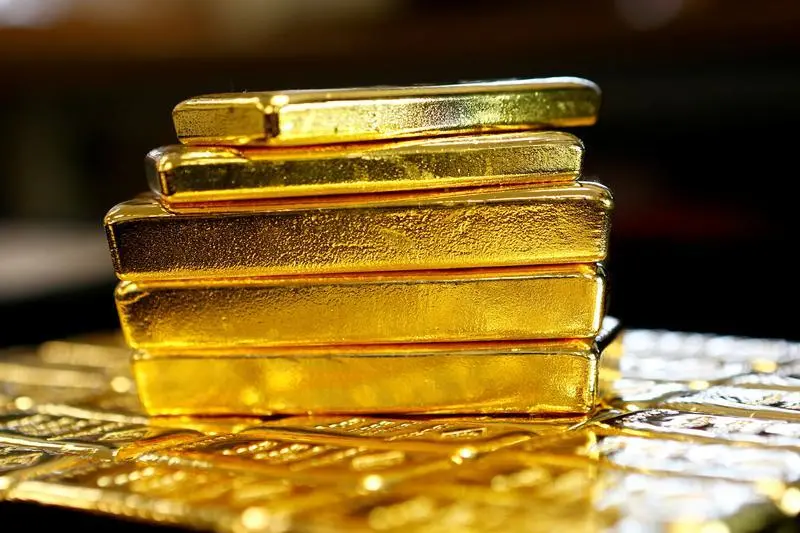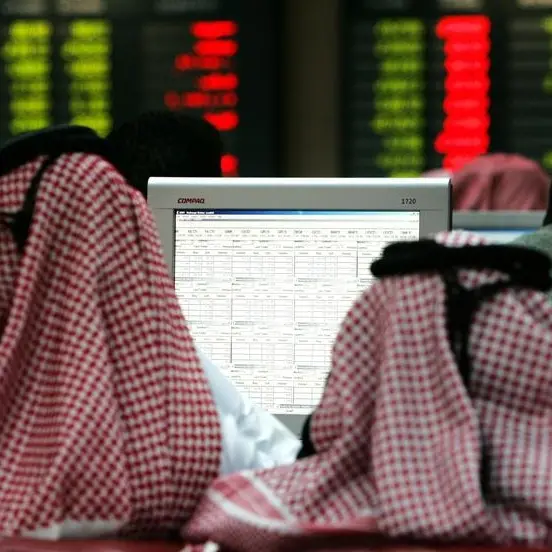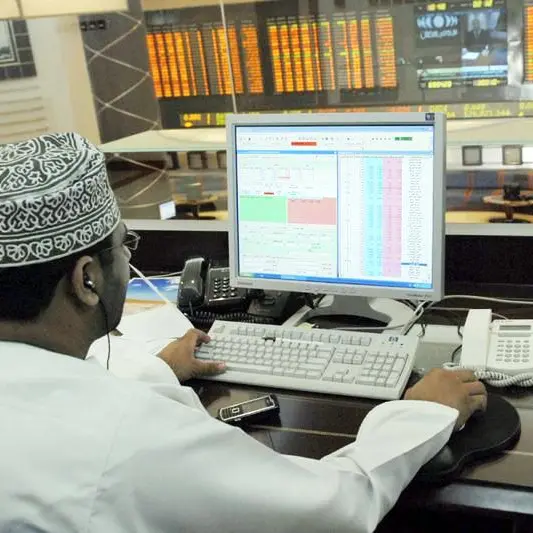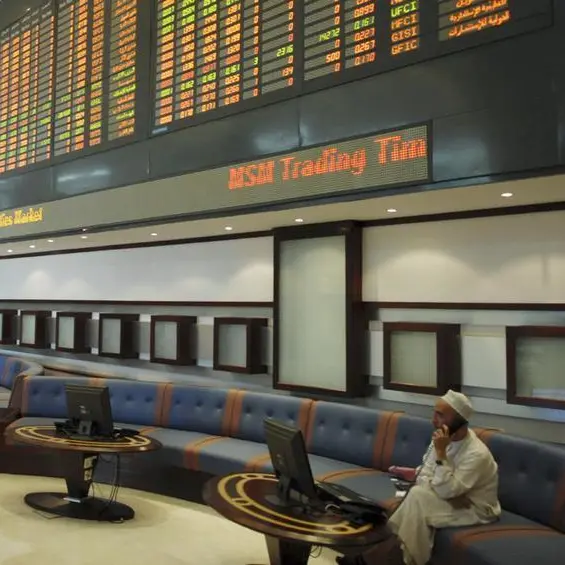PHOTO
The world is awash in crypto mania. The price of cryptocurrencies has skyrocketed in 2017, powering new innovation in how the blockchain can be used to transact. However, the wide majority of these coins are not backed by anything of value. They represent zero ownership in the tangible world but rather a bet on a perpetual system.
Now, an army of financiers and computer-savvy geeks are finding ways to marry cryptocurrency with gold. The results suggest we could be in the formative years of a digital gold standard.
In Dubai, a crypto startup called OneGram has developed a coin that is 100 per cent backed by physical gold, and in addition, pays you an interest in gold terms, based on fees charged on the back of transactions on their platform. By physically backing each OneGram coin with gold, the team has effectively designed a Shariah-compliant mechanism to own gold, transfer it freely and redeem it for the physical commodity at any time. This solution turns the table of gold being a 'pet rock' to gold ownership being a positive, income-generating asset, putting them at odds with banks and bullion exchanges who offer similar 'gold shares' and 'gold certificate' purchases and vaulting capabilities at an annual cost to the investor.
DigixGlobal, a Singapore-based startup, has done something similar. They have pioneered a 'proof of asset' protocol where third-party auditors regularly inspect each bar of gold held in their partner vaults across the world. Anyone owning gold can pledge it for DGX (effectively digitising it on the blockchain) and anyone owning DGX - crypto tokens which exist on the ethereum network essentially have claim to physical gold redeemable via an online marketplace.
This is the closest iteration at what industry insiders would term 'liquid bullion' - when gold ownership can be securely, verifiably and with third-party oversight, transferred anywhere in the world to anyone else in the world within seconds, rendering it a modern 'currency', and making obsolete the old adage of 'it's not safe or easy to transport'.
There are other interesting developments in the gold crypto space - even in mining. OreBits, a Manhattan-based startup, has developed the OreBit - a digitised representation of the ownership of precious metal and mineral reserves - in other words, gold that is still in the ground. OreBit owners are owners in a mine and have claim to the future output of physical gold from the mine by holding those OreBits. The platform provides mineral rights holders, concession owners and claim owners the opportunity to digitise ownership in land that already has had a substantial proven reserve of gold, raising liquidity and funds in the process for the mining operation. Ownership is freely transferable electronically and investors get exposure to physical gold at a discount since they are committing to the risk that comes with a mining operation as well.
Finally, larger institutions are also taking their stab at the market. The Royal Mint in London and the CME Group have partnered to offer 'Royal Mint Gold - RMG' which is a cryptographic platform for buying, holding and trading spot gold. The plan is to launch the product and back it initially by $1 billion in physical gold. However, the CME and RMG product are yet to gain traction in the crypto community partly because there is no real innovation in their offering nor have they addressed the concerns of typical investors in crypto - mainly that the ecosystem must be decentralised.
The CME Group and the Royal Mint are ironically at the heart of the institutional group the crypto world is trying to circumvent, and their efforts may be too naive or not imaginative enough at this time.
The appeal of crypto is similar to that of gold; it is a decentralised currency which cannot be manipulated by government and offers anonymity in ownership and payment, making it more like cash than a traceable debit card or credit card. It remains to be seen if a truly global liquid bullion emerges from this ecosystem of innovation, but the initial results are encouraging. Other notable innovators in the space include GoldMint.IO, ZenGold, OZCoin, GoldMoney and Glint.
Sophisticated gold traders will tell you they are still waiting for a framework that can completely address traceability to the source of the gold, namely that it is child-labour free and conflict-free. This remains one of the most promising abilities of the blockchain technology.
The ethical aspects of the gold trade and the potential for developments in the crypto space to encourage money laundering are also a concern if regulators let some of this innovation go untethered. What is clear is that crypto combined with gold has opened up a box of explosive potential; a potential return to a decentralised, trustless gold standard, where value is transferable freely, instantly, anonymously and securely. If history is any indication, there is no alternative in the long run to 'sound money' than gold.
The writer is managing partner, ICGP Management Consultancy. Views expressed are his own and do not reflect the newspaper's policies.
Now, an army of financiers and computer-savvy geeks are finding ways to marry cryptocurrency with gold. The results suggest we could be in the formative years of a digital gold standard.
In Dubai, a crypto startup called OneGram has developed a coin that is 100 per cent backed by physical gold, and in addition, pays you an interest in gold terms, based on fees charged on the back of transactions on their platform. By physically backing each OneGram coin with gold, the team has effectively designed a Shariah-compliant mechanism to own gold, transfer it freely and redeem it for the physical commodity at any time. This solution turns the table of gold being a 'pet rock' to gold ownership being a positive, income-generating asset, putting them at odds with banks and bullion exchanges who offer similar 'gold shares' and 'gold certificate' purchases and vaulting capabilities at an annual cost to the investor.
DigixGlobal, a Singapore-based startup, has done something similar. They have pioneered a 'proof of asset' protocol where third-party auditors regularly inspect each bar of gold held in their partner vaults across the world. Anyone owning gold can pledge it for DGX (effectively digitising it on the blockchain) and anyone owning DGX - crypto tokens which exist on the ethereum network essentially have claim to physical gold redeemable via an online marketplace.
This is the closest iteration at what industry insiders would term 'liquid bullion' - when gold ownership can be securely, verifiably and with third-party oversight, transferred anywhere in the world to anyone else in the world within seconds, rendering it a modern 'currency', and making obsolete the old adage of 'it's not safe or easy to transport'.
There are other interesting developments in the gold crypto space - even in mining. OreBits, a Manhattan-based startup, has developed the OreBit - a digitised representation of the ownership of precious metal and mineral reserves - in other words, gold that is still in the ground. OreBit owners are owners in a mine and have claim to the future output of physical gold from the mine by holding those OreBits. The platform provides mineral rights holders, concession owners and claim owners the opportunity to digitise ownership in land that already has had a substantial proven reserve of gold, raising liquidity and funds in the process for the mining operation. Ownership is freely transferable electronically and investors get exposure to physical gold at a discount since they are committing to the risk that comes with a mining operation as well.
Finally, larger institutions are also taking their stab at the market. The Royal Mint in London and the CME Group have partnered to offer 'Royal Mint Gold - RMG' which is a cryptographic platform for buying, holding and trading spot gold. The plan is to launch the product and back it initially by $1 billion in physical gold. However, the CME and RMG product are yet to gain traction in the crypto community partly because there is no real innovation in their offering nor have they addressed the concerns of typical investors in crypto - mainly that the ecosystem must be decentralised.
The CME Group and the Royal Mint are ironically at the heart of the institutional group the crypto world is trying to circumvent, and their efforts may be too naive or not imaginative enough at this time.
The appeal of crypto is similar to that of gold; it is a decentralised currency which cannot be manipulated by government and offers anonymity in ownership and payment, making it more like cash than a traceable debit card or credit card. It remains to be seen if a truly global liquid bullion emerges from this ecosystem of innovation, but the initial results are encouraging. Other notable innovators in the space include GoldMint.IO, ZenGold, OZCoin, GoldMoney and Glint.
Sophisticated gold traders will tell you they are still waiting for a framework that can completely address traceability to the source of the gold, namely that it is child-labour free and conflict-free. This remains one of the most promising abilities of the blockchain technology.
The ethical aspects of the gold trade and the potential for developments in the crypto space to encourage money laundering are also a concern if regulators let some of this innovation go untethered. What is clear is that crypto combined with gold has opened up a box of explosive potential; a potential return to a decentralised, trustless gold standard, where value is transferable freely, instantly, anonymously and securely. If history is any indication, there is no alternative in the long run to 'sound money' than gold.
The writer is managing partner, ICGP Management Consultancy. Views expressed are his own and do not reflect the newspaper's policies.
Copyright 2017 Khaleej Times. All Rights Reserved. Provided by SyndiGate Media Inc. (Syndigate.info).






















